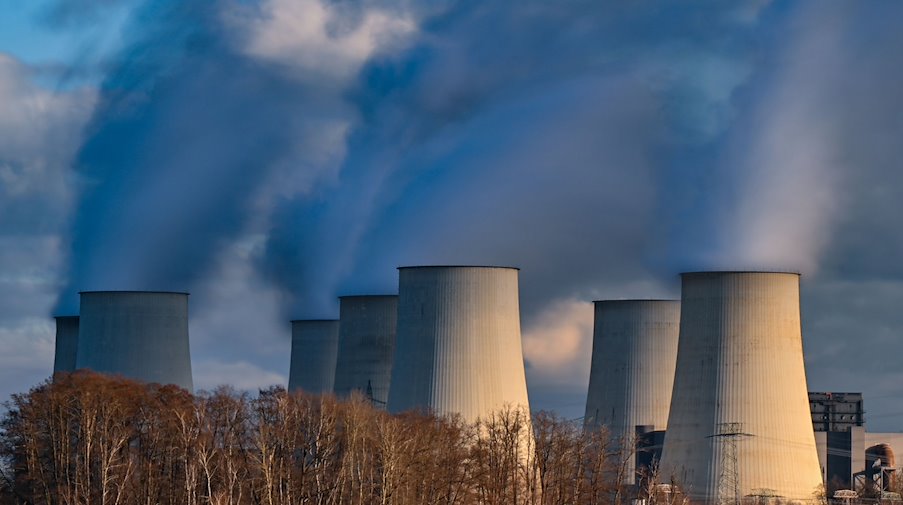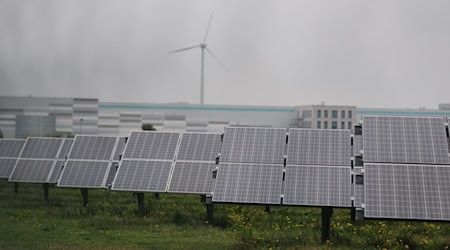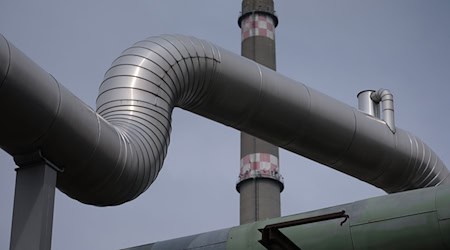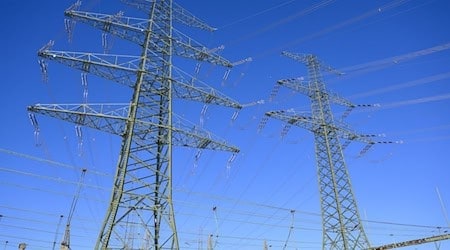Even with the imminent end of the Jänschwalde opencast mine, the coal phase-out date of 2038 will not change for the energy company Leag. CEO Torsten Kramer made this clear on the sidelines of the Barbara celebration in Cottbus. "We are very optimistic that we will continue to produce coal in the region well into the 1930s," said Kramer on Thursday evening on the RBB program "Brandenburg aktuell", also with a view to the long-term stability of the supply.
Almost a year ago, the Leag CEO gave a different date for the coal phase-out for the first time. Under certain conditions, he could imagine that Leag would no longer be dependent on coal in 2033. However, Kramer emphasized that the conditions for this would be maintaining security of supply and H2-ready power plants - hydrogen-capable power plants - which would have to be connected to the grid at the four locations in Lusatia and in the Central German mining area. As this is not yet the case, the agreed and legally enshrined coal phase-out in 2038 applies to the company.
Miners in Lusatia also celebrate the feast of their patron saint, Saint Barbara, in December. According to Leag's coal plan, regular operations at the Jänschwalde open-cast mine will cease on December 22, with a so-called phase-out period scheduled until spring. This includes numerous safety measures in the open-cast mine.
The H2-ready power plants, which will one day replace the coal-fired power plants, require a hydrogen network to be built. "The impasse in Berlin naturally makes the timeframe we are currently planning somewhat difficult," said Kramer. The hydrogen supply is planned for 2030 and beyond. "We assume that this still fits in with our expansion plans." This Monday, the Lusatia economic region (WRL) plans to present a study on the "hydrogen transport network for Lusatia".
The energy company wants to develop into a green electricity operator and, according to Kramer, is making "huge progress" with the transformation. The planning for photovoltaics (PV) and wind farms has been completed. Construction of the first large PV park with a capacity of 1000 megawatts will begin next year. The aim is to have it up and running by 2026, he explained.
By 2030, seven gigawatts of PV and wind power plants on the post-mining areas should be able to supply four million households with green electricity. By 2040, the volume is set to grow to almost 14 gigawatts. Leag is planning around 70 percent PV systems and around 30 percent wind turbines on the sites.
Copyright 2023, dpa (www.dpa.de). All rights reserved










